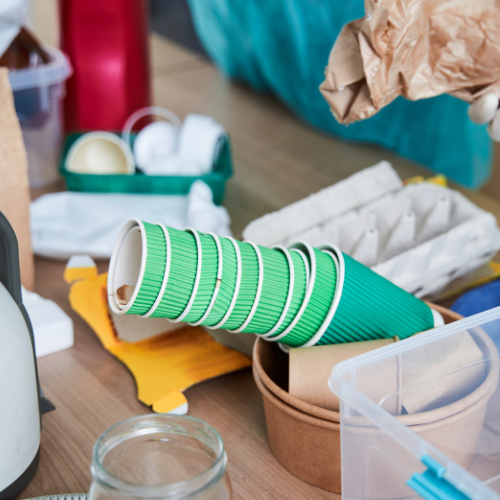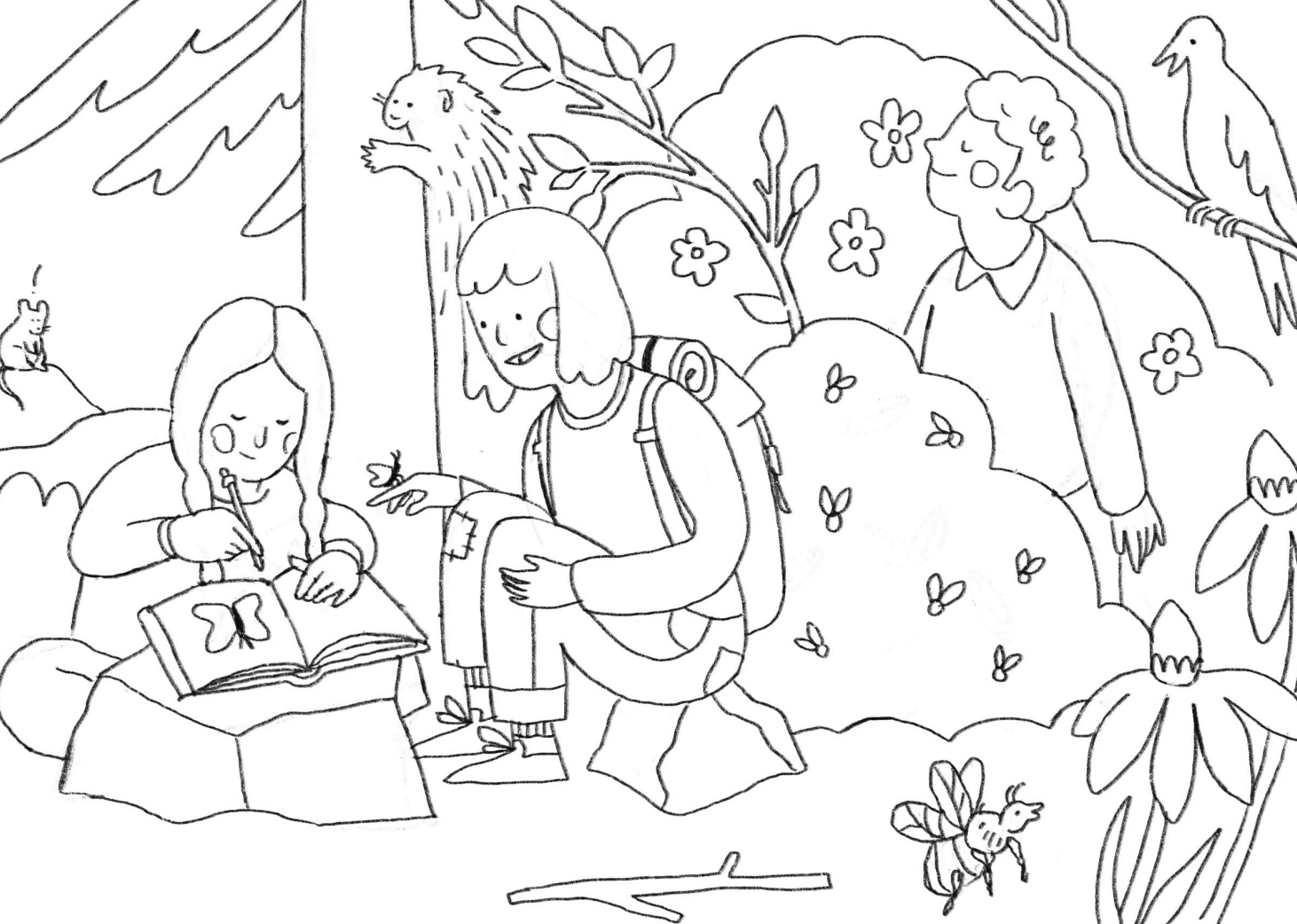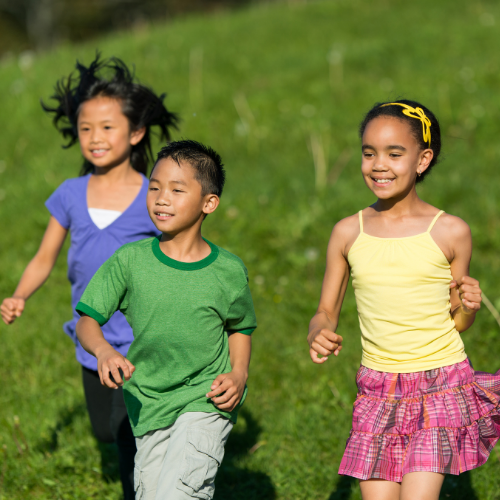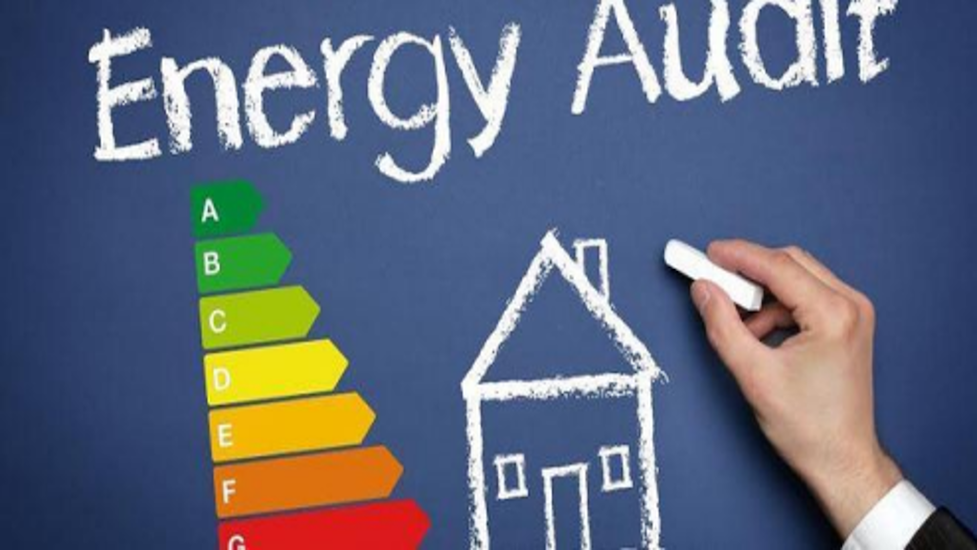Practice proper sorting of different waste types including compostable, recyclable, and garbage materials
PURPOSE
- Describe how our ecosystems are affected by different types of waste
- Describe alternative methods of disposal.
- Distinguish between wastes that are readily biodegradable and those are not.
- Identify methods of waste disposal currently used within the local community.
- Identify ways in which materials can be reused or recycled.
GRADE LEVELS
3-6
SUBJECTS
Science

SKILLS DEVELOPED
Critical thinking
Problem Solving
Collaboration
MATERIALS NEEDED
Large tarp or blanket
Numerous different types of waste from compostable, recyclable, to garbage materials
E.g. plastic bags, cardboard boxes, clothing, food items, magazines, etc.
TIME
20 minutes
Instructions
Lay down a tarp or blanket… this is your river!
Dump all the garbage in the river… that’s no good! It’s time to clean up the river!
Talk about why littering is not good for our rivers and create water and soil pollution
Part 1
- Sort items that are biodegradable and non-biodegradable
- Biodegradable refers to a product breaking down into natural elements
- Note that some plastic bag say they are biodegradable… this is not true since the plastic bag breaks into smaller and more toxic plastic pieces and are not necessarily broken down into natural elements
Part 2
- Now from the biodegradable side of things… what disposal bin do they belong to? Green, blue, or black!
- Not sure? Try this link: City of Calgary - What Goes Where
- Now from the non-biodegradable side of things… what disposal bin do they belong to? Green, blue, or black!
Part 3
- Explain that even if we can compost and recycle… that may not be the best things to do! Recycling and composting still require energy to dispose, which is harder on the environment in a different way
- How can we reduce the number of recyclables, waste, AND compostables? How can we further make a bigger difference?
More Bring Nature Home for Families
Bring Nature Home is our online database of tried-and-tested CPAWS Southern Alberta activities! Here are some ways that you can bring nature home (or to the classroom) today!



Outside in Nature Colouring Page
Watch this colouring page, drawn by a local Albertan artist, come to life and then Bring Nature Home by filling…



Sound Stalk Game
Bring nature home with this fun game! This game allows participants to stretch their senses and simply “be” purely in…



Home Electricity Audit
Interested in decreasing your carbon footprint but not sure where to start? Why not start with electricity since it is…
